Description
A safety net is a net or web of strong material suspended above a ground or work area to catch people or objects that fall. They are commonly used in construction, industrial settings, and other high-risk environments to prevent injuries and fatalities.
Types of Safety Nets
-
- Construction safety nets: Used on construction sites to catch workers or materials that fall from scaffolding or other elevated areas.
- Industrial safety nets: Used in factories and warehouses to protect workers from falling into machinery or equipment.
- Event safety nets: Used at concerts, sporting events, and other large gatherings to protect spectators.
Key Features of Safety Nets
- Strength: Made from high-strength materials, such as nylon or polyester.
- Mesh size: The size of the openings in the net, which affects the level of protection.
- Weight capacity: The maximum weight the net can safely hold.
- Size: The dimensions of the net, which determine its coverage area.
Benefits of Using Safety Nets
- Injury prevention: Reduces the risk of serious injuries or fatalities from falls.
- Property protection: Prevents damage to equipment or materials.
- Compliance: Many safety regulations require the use of safety nets in certain industries.
Safety Considerations
- Proper installation: Safety nets must be installed correctly and securely.
- Regular inspection: Nets should be inspected regularly for damage or wear.
- Maintenance: Nets may need to be cleaned or repaired periodically.
- Additional safety measures: Safety nets should be used in conjunction with other safety measures, such as safety harnesses and fall protection systems.



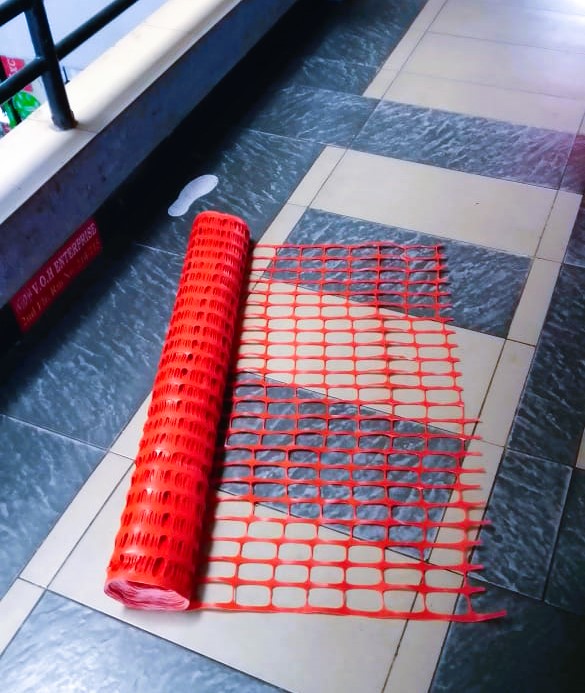






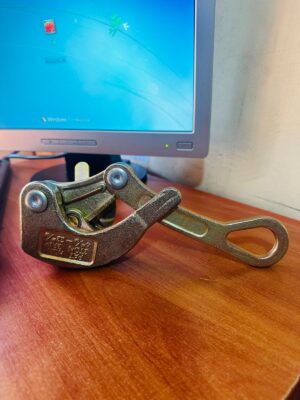


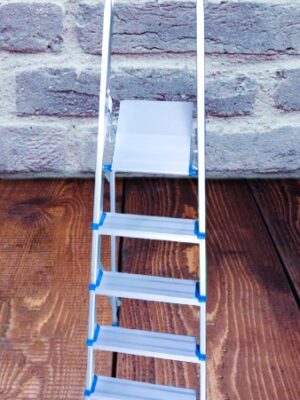
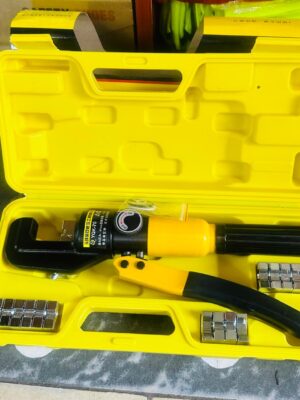

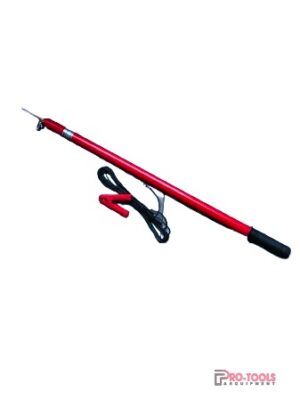


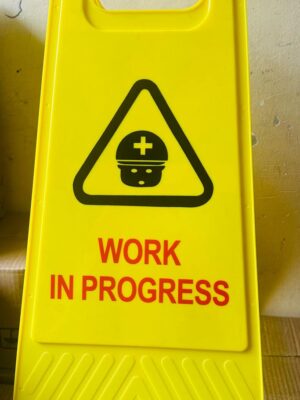

Reviews
There are no reviews yet.